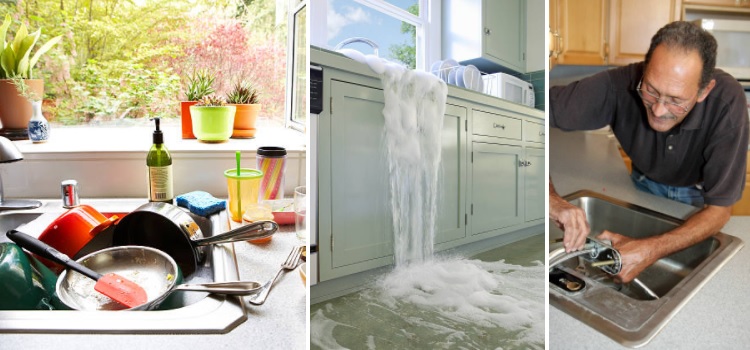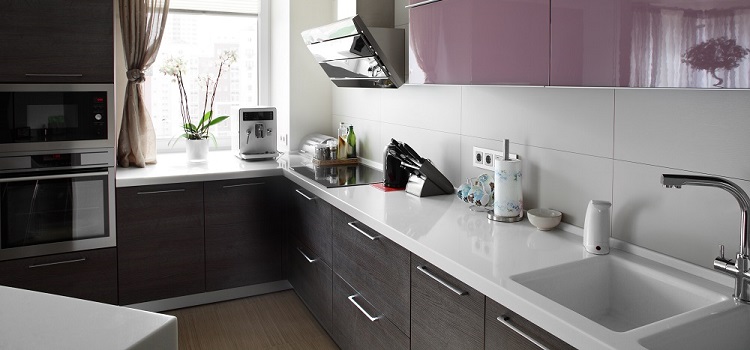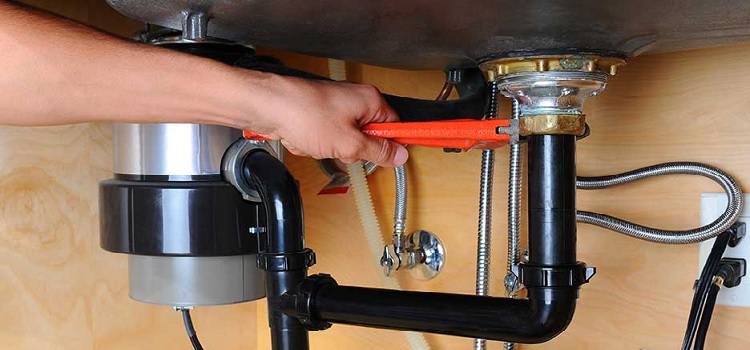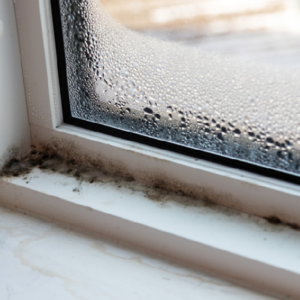Garbage disposals are an inevitable part of every kitchen. These beautiful machines grind every ounce of food wastes you put into them to pulp and pass them to the sewers. They reduce the dumping of organic wastes into landfills creating better use of land space and also prevent the creation of methane gas which in large quantities is harmful to the environment.
Today there are lots of manufacturers making a wide range of garbage disposals. A simple search in Amazon will show you more than 100 results. So much wide is the range of products that people need to use filter tools to find the best garbage disposals for their use.
Though very useful operating a garbage disposal can, sometime, be a nasty business, especially when it gets clogged.
WHY DOES A GARBAGE DUSPOSAL CLOG?
There are more than a dozen of activities that make garbage clog under the sink. Over time, disposals clog when obstructed with food waste when the water line or the trap gets coated. However, proper disposing of the kitchen waste saves you some bucks and also puts a stop to all the drain drama. To have a smooth flowing drain, which is clear from debris, avoid feeding them with foreign objects which aren’t meant to be in there.
6 REASONS WHY YOUR GARBAGE DISPOSAL CLOGS FREQUENTLY
FIBROUS PRODUCTS:
Fibrous products like Banana peels are notorious clog makers. Does it sound silly? But, yes they form a stringy paste once they ground up, as the fibres of the fruit are also added to the clog. They clog the drain with ease as they form an organic net with the tangled fibres that catch back water and other organic products that flow into the disposer.
STARCHY PRODUCTS:
Starchy products like rice and pasta have a fabled impact on the garbage disposals. The clog is formed when these products reach the bottom, they get piled up and form a starchy paste similar to that of smashed potatoes. These wreak havoc in the disposer as they clog the drain quickly.
EGG SHELLS OR COFFEE NUTS:
You wouldn’t have ever thought that these tiny items can make your unit clog. But yes, they may not seem to be as a problem but rise out to be a great problem when it comes in terms of clogging. Grinding egg shells or coffee nuts create a clog immediately as they form minute granular waste that sticks to any sludge in the pipe.
GREASE:
There are also some activities that might cause a clog in your disposal unit, apart from regular food items that you use in your kitchen. Grease and fat disposal are one of the major clog causing agents. The grease beneath the trap, solidifies at room temperature, and results in obstruction of the pipe which drains water away from the disposal.
NON- EDIBLE PRODUCTS:
Families with curious children around often have a tendency to get a broken piece of toy or a spoon when checked out for an irregularity in the disposer. Small toys, kitchen utensils and dish cloths can all make a happy way into the unit and create a messy clog in your disposer.
USER ERROR:
Clogs are also formed when the unit is operated without running enough water that can cause the waste to pile up at the base. Improper use can lead to major garbage clogs. Stuffing waste that are a way larger than the unit or too much waste down the disposal all at once can also cause a system backup.
HOW TO PREVENT CLOGS IN GARBAGE DISPOSALS?
The answer could be as simple. The more you avoid putting waste products that may cause a clog in the disposer, the more you save you unit from suffering a backup. However, other tips that come along the user manual are, Use your garbage disposal regularly as it prevents it from rust and corrosion, Deodorise your unit regularly, to experience a pleasant fragrance and also a safer kitchen; free from bacteria and other unwanted insects. A natural deodoriser is always preferable.
WHAT IF YOUR SINK IS CLOGGED?
Many people often purchase or rent equipment to clogs, but due to lack of expertise, result in broken or damaged pipes. Though you are careful about what you put down your garbage disposals clogs happen. So, here are some steps you can take when such inevitable clogs occur.
Turn the disposal OFF and take a look into is grinding chamber with the help of a flashlight. Never ever dare to put your bare hand into the unit. If you can sense any object causing objection, you can remove it with the help of a pair of pliers. Now, turn on the unit and watch out for better working of the system. You can also make use of long spoons, a broken broom handle or a dowel which can fit its way into the unit and help removing your clog.
You can also try rotating the disposal by using an Allen wrench. On the bottom side of every disposal there is a small place where you can fit an Allen wrench. Once you do that slowly rotate it back and forth, this will move the rotor of the disposal and thus may remove the clog. Once it is able to rotate freely turn on the disposal and see if the clog is completely removed.
If all these solutions don’t work and you sense that there still exists a problem then better contact a specialist.
The frequency of clogs also depends on the quality of the disposal to some extent. Premium products tend to have fewer clogs since most of them use technologies like multi-stage grinding (high end InSinkErator garbage disposals use this technology) So it is recommended to go through some reviews before deciding to purchase a disposal.






